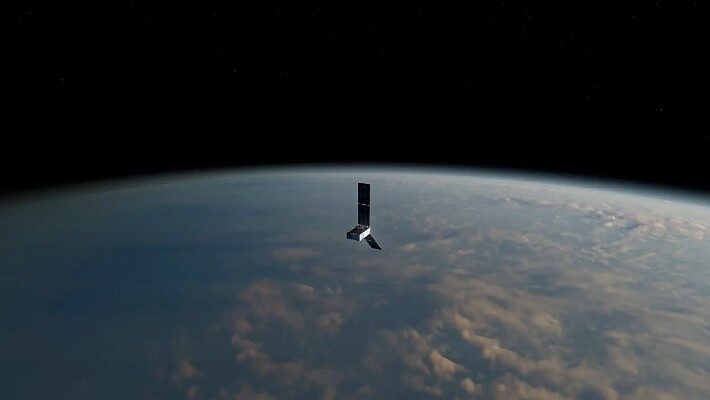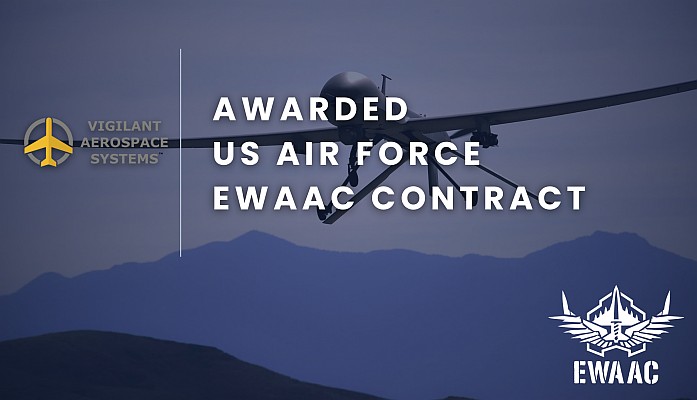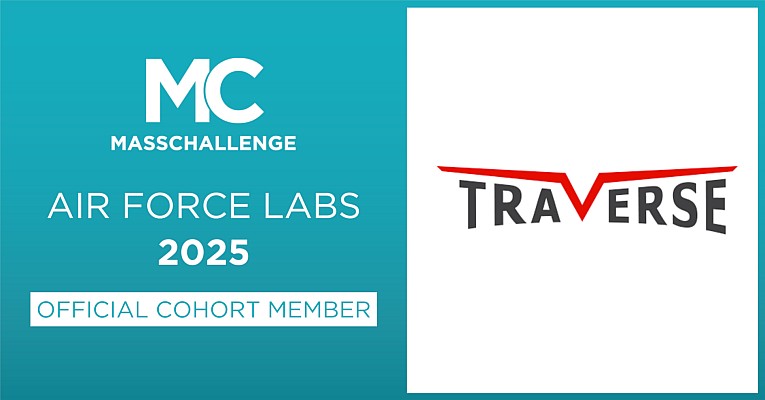The SAFEST Project, an ambitious 28-month initiative aimed at revolutionizing space launch safety in Europe, has officially concluded. The project brought together leading aerospace and technology partners, successfully demonstrating the potential transforming the space launch sector.
With the growing demand for greater autonomy in the European space transportation market, SAFEST sought to modernize safety systems by shifting from traditional ground-based termination methods to an autonomous, onboard solution. The result is a breakthrough technology based on a Modular Avionics Architecture named sMart Integrated Avionics (MIA) platform, enabling a more cost-effective, flexible, and independent approach to flight safety.

Currently, traditional Flight Termination Systems require extensive and expensive ground infrastructure, as well as human intervention, to execute flight abort commands. These constraints limit operational efficiency and increase costs. The SAFEST Project has addressed these challenges by developing an innovative Autonomous Flight Termination Unit (AFTU) that relies on independent navigation sensors and a predefined set of rules to autonomously determine when a flight should be terminated.
At the core of this transformation is the MIA execution platform, which integrates cutting-edge technologies contributed by project partners, including SENER Aerospace & Defence, ISAR Aerospace, FENTISS, embedded brains, INCAS, and KU Leuven. The MIA platform is based on several advanced software layers, including the XtratuM hypervisor (by FENTISS), the real-time operating system RTEMS (by Embedded Brains), and the application interface SSLA (by Sener), ensuring a robust and adaptable system architecture.
This layered architecture ensures that hardware and software components remain modular and adaptable, allowing for customization based on specific launcher requirements and regulatory needs. By eliminating the dependency on ground-based assets and reducing operational costs, SAFEST technology is set to facilitate more frequent and affordable launches, fostering a more competitive European space sector.
The collaboration among consortium members has been instrumental in the success of the SAFEST Project, bringing together expertise in avionics, software engineering, and space safety systems. The advancements made through this initiative mark a significant step toward a more autonomous, efficient, and accessible European space industry.
As the SAFEST Project concludes, its impact is expected to extend beyond its duration, laying the foundation for the next generation of space safety solutions and inspiring further innovation in European space transportation.
SAFEST has received funding from the European Union’s Horizon Europe programme under grant agreement number 101082662.
Source: SAFEST Project







